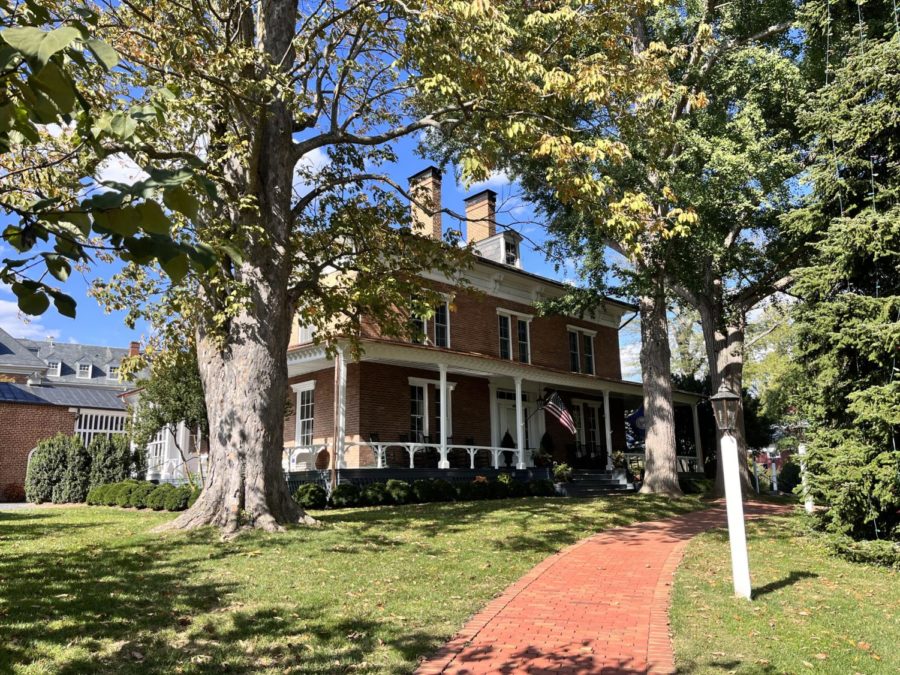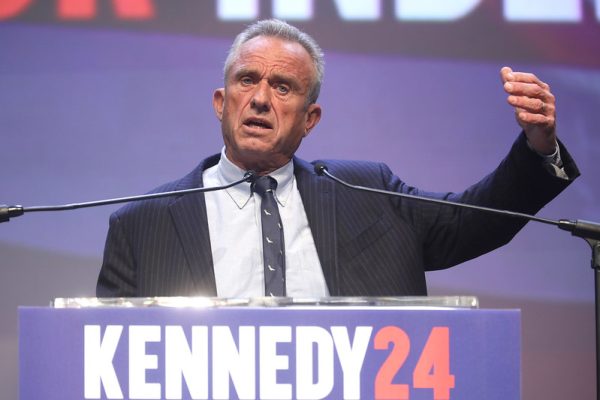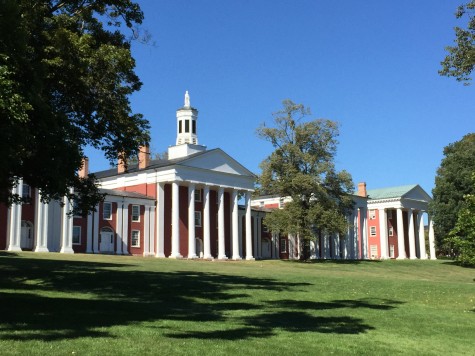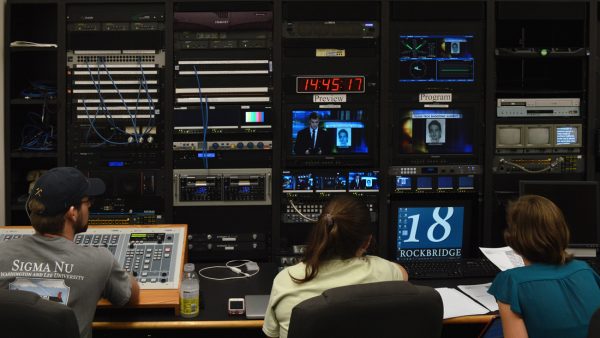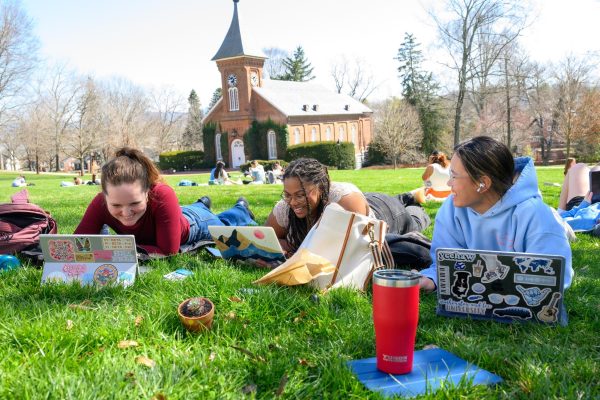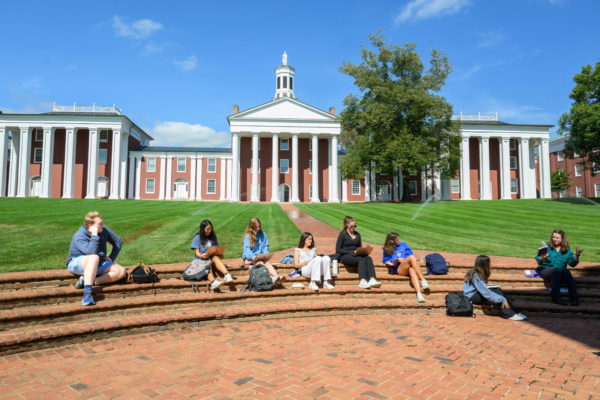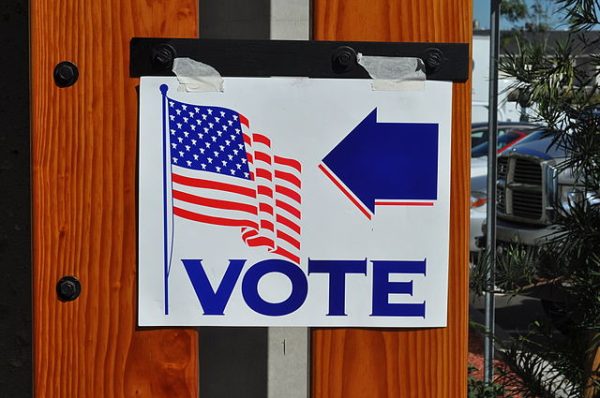Who rules the school?
President Dudley sits on the Board of Trustees.
October 10, 2022
The classroom is not a democracy.
That’s what my elementary school teachers told me whenever I said the class should vote on having homework. The same concept holds true for higher education institutions.
For any institution to function and prosper, there must be some form of government. Twenty-six alumni, 11 committees, and President Dudley, known collectively as the Board of Trustees, take on that role at Washington and Lee.
There have been numerous debates over the past years regarding the name change. Alumni, current students and professors all weighed in — but ultimately the Board of Trustees possessed the most power.
The Board of Trustees has been walking on eggshells trying to make everyone — the alumni, current students, and prospective students — happy. But whose satisfaction reigns of utmost importance in any decision, regardless of the matter?
Money may help answer that question.
The three sources of Washington and Lee’s revenue are the tuition and fees, gifts and grants, and endowment payout. I’m certain that every student at W&L knows that our endowment is over $1.4 billion; I think about its allocation every time I use that scratchy, sandpaper-y, sorry excuse for toilet paper at this school.
Treasurer and Vice President for Finance Steve McAllister said 1,300+ individual endowments, or funds, and 46 external trusts make up “the endowment.” Alumni, parents and friends of the university contribute to the endowment, almost always naming specific areas for which they want their money to benefit. The Finance Committee, a subdivision of the Board of Trustees, promises donors that it will use their money for their intent.
McAllister also said that around $60 million in revenue comes from tuition. Tuition for the 2022-2023 academic year is around $60,000. Therefore, around one thousand students — roughly half of the undergraduates — pay full tuition, excluding additional expenses such as room and board.
Fifty percent of financial aid comes from endowments, so if the endowment gets the student to the school, the Board wouldn’t want to anger donors and potentially lose funds for future students. But it’s more complicated than that.
Of course, the students make the school. There would be no Washington and Lee without us. But we’re no rare breed. There’s no shortage of applicants.
Financially, the Board only needs half of us to keep this place afloat, meaning that if students wanted to leave for the university’s decisions — whether that be the name or the availability of classes — the school would remain successful. The students are replaceable, the Board not as much so. But it also recognizes the value in attracting deserving students from lower socioeconomic backgrounds.
The Board needs the endowment to get these students here. In return, they enrich our campus through their academic contributions, which makes donors happy and leads to more donations. If the Board didn’t want lower income students to attend, they wouldn’t have the endowment.
We’re pawns, yet we may reap the benefits, so long as we comply — or agree to disagree — with the Board.



